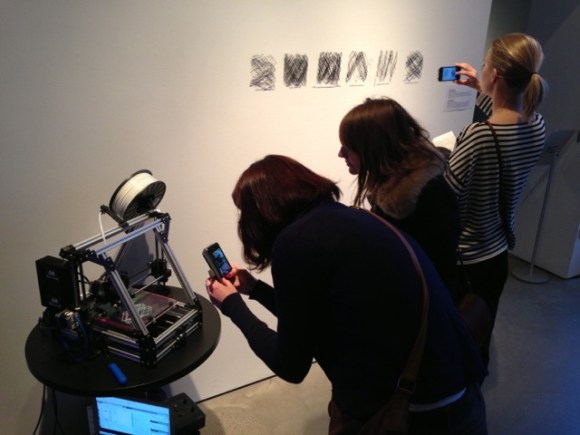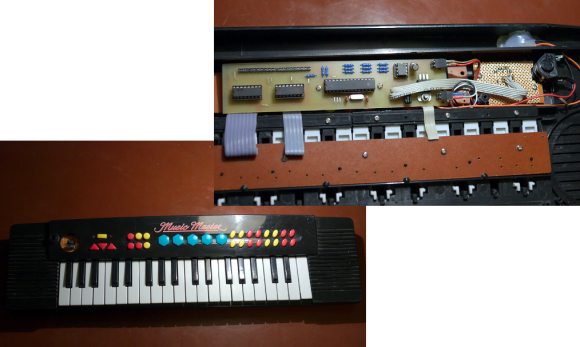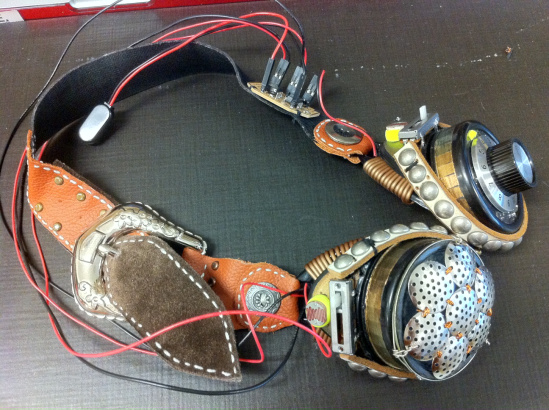
If you don’t mind ending up with oddly shaped 3D printed parts you can get your printer to sing to you. The exhibit shown above is doing just that. The Lulzbot is being driven specifically to produce a certain frequency of sound with its stepper motors. The results of a few different songs are what’s hanging on the wall to the right. You can hear it printing Bizet’s Carmen in the clip after the break.
[Rickard Dahlstrand] hacked together a Python script capable of parsing a MIDI file and outputting a G-code equivalent that will produce the frequencies and durations necessary to hear the audio on a stepper motor. As we mentioned, he uses a Lulzbot but the script appears to include setting for Cupcake, Thingomatic, Shapercube, and Ultimaker. The parser script as well as the example G-code files for a library of classical music can be downloaded from his repository.
Now if you’re looking for some other crazy CNC music ideas you can’t beat this wineglass music hack.
















